What should I do if my newly installed jeep headlights look foggy?
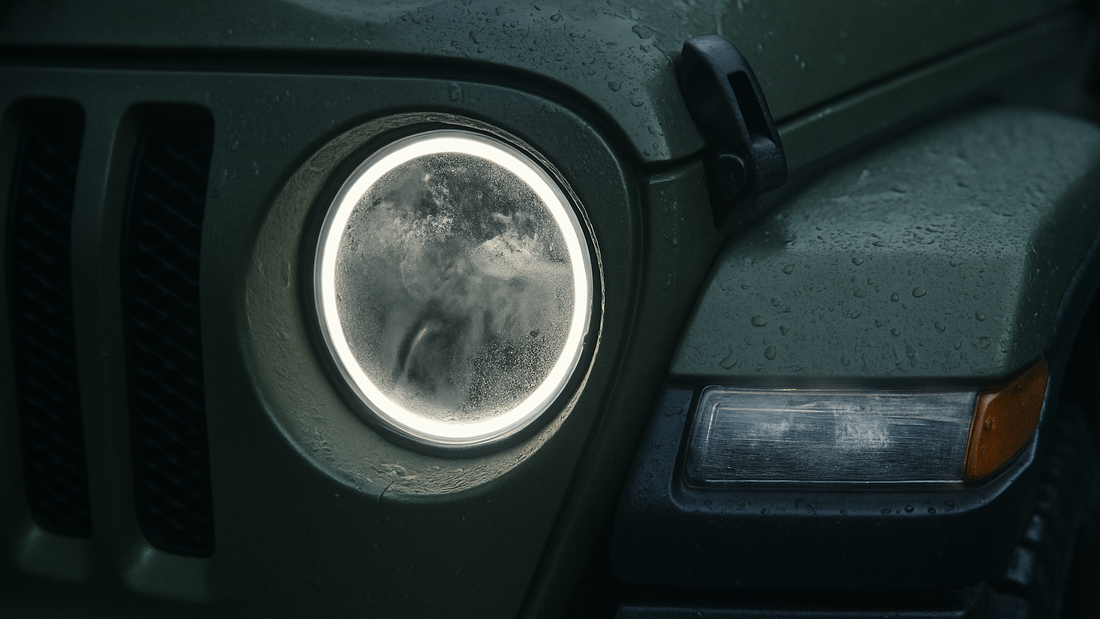
What should I do if my newly installed jeep headlights look foggy?
Are your new Jeep headlights looking foggy or hazy? This is a common problem, even with factory-installed HID headlights. In this post, you will learn easy ways to clear up cloudy headlights and improve visibility.
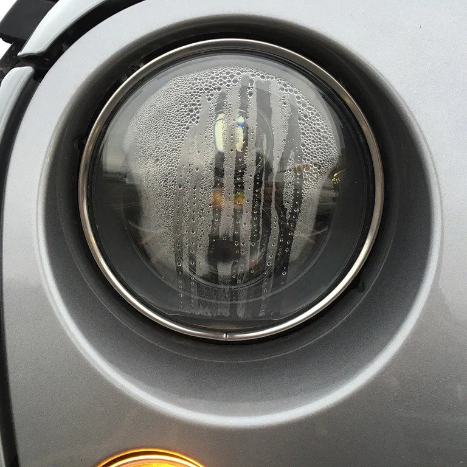
Keep reading for simple tips to fix and prevent headlight fogging.
Key Takeaways
· Foggy headlights on new Jeeps can be caused by condensation inside or oxidation outside. Studies show cloudy headlights may cut light output by up to 50%, making night driving dangerous.
· To fix surface fog, use a headlight restoration kit, toothpaste, or baking soda. Experts say these home methods work well as first steps before buying new lights.
· If you see moisture inside the lens, check for broken seals or cracks. Use butyl rubber sealant and silica gel packs to block and dry out water.
· Applying UV protection film and regular cleaning help stop future fogging. KAVACA Ceramic Coated PPF is one option used in 2024 for long-term clarity and protection.
· Inspect headlights after washing your Jeep or driving in rain for any signs of leaks. Address small problems early to prevent bigger repairs later, as advised by users like poughkeepsie in 2024 who recommend stopping condensation at the start.
Identify the Cause of Foggy Headlights
Foggy headlights can make it hard to see at night. You need to find out if the problem is inside or outside the light.
Check for moisture or condensation inside the lens
Look for drops of water or a foggy film inside your new Jeep headlights. Condensation often forms because cooled air in the headlight contracts and draws in moisture. Sealant failure, blocked vents, physical damage, or old gaskets can cause this problem.
Some dealers said that condensation is normal and will burn off from bulb heat. In 2024, user poughkeepsie disagreed with this advice; he stated that stopping condensation before it starts is better.
Find out if you see moisture buildup or streaks on the lens surface. Moisture inside the headlight can make your lights appear dim and less safe at night. It may also point to problems like seal leaks or broken seals where water gets in easily.
Addressing these issues early helps prevent more serious damage later on.
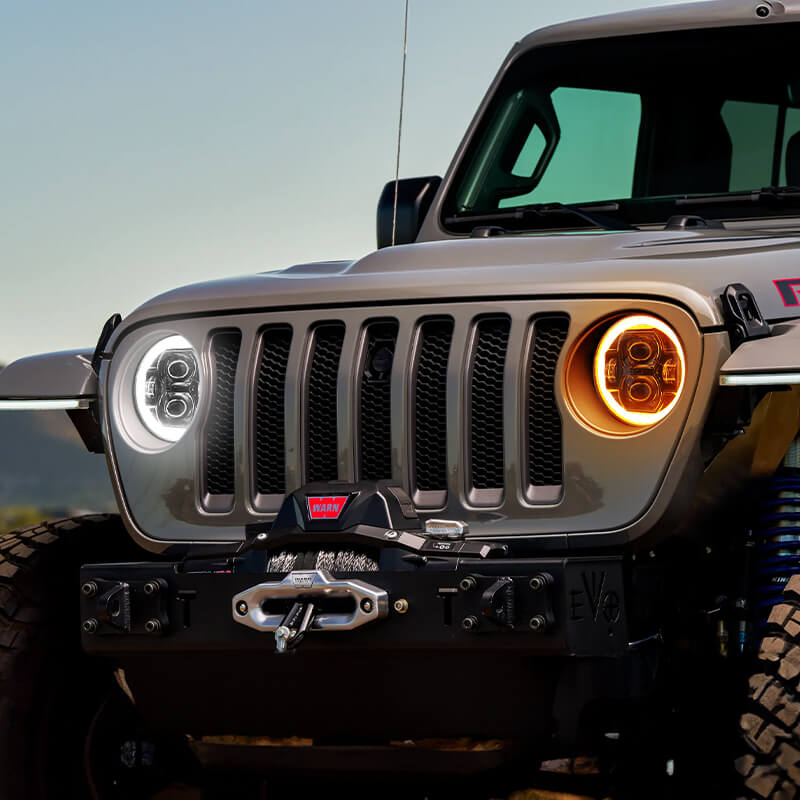
Inspect for oxidation on the outer surface
Check your headlights for yellow or cloudy spots on the surface. Sun exposure causes headlight oxidation, turning clear plastic foggy and dull. Aging plastic and UV ray degradation are the top reasons for this problem, especially on Jeep headlights.
Dirt and grime build up fast as well, making things worse.
Surface oxidation lowers visibility while driving at night or in bad weather. Studies show that cloudy headlights can cut light output by 50 percent or more. You may also notice roughness when touching the lens; this points to sun damage on headlights.
Headlights become foggy and yellow due to oxidation from sun exposure and grime, says automotive experts.
After checking for signs of headlight oxidation, you can pick a cleaning method to restore clarity.
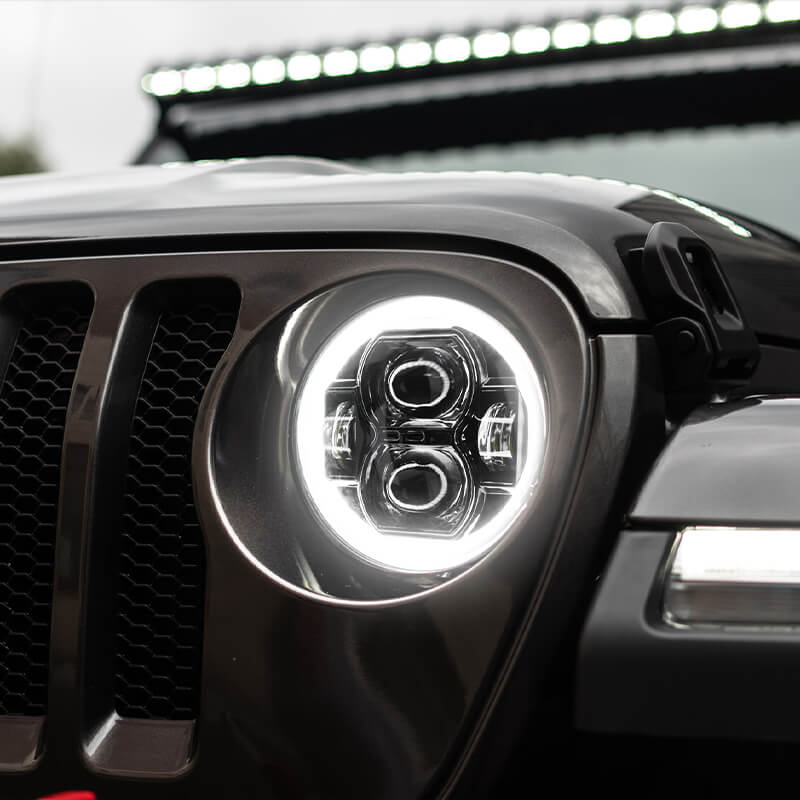
Methods to Clear Foggy Headlights
You have many ways to clear foggy headlights at home. Simple cleaning steps can help your new headlights look bright and clear again.
Use a headlight restoration kit
A headlight restoration kit is a fast foggy headlight repair method. Start by applying masking tape around the headlights to protect your Jeep’s paint. These kits often come with sandpaper, polish, and a sealant for DIY headlight restoration.




Most include fine sandpaper; use it gently if cloudiness remains after cleaning. Carefully follow each step in the instructions for best results.
Headlight cleaning kits remove oxidation from the outer surface to improve clarity. They are an effective option for clearing cloudy headlights before replacing them entirely. Many people choose this foggy headlight solution because it costs less than professional services or new lights.
If these methods do not fix the problem, seek help from a specialist who offers advanced headlight refurbishment techniques.
Clean with toothpaste or baking soda

Non-gel toothpaste and baking soda work well as abrasive cleaners for foggy headlight cleaning. These items polish the polycarbonate lens without scratching it. Apply a small amount of non-gel, whitening toothpaste or make a paste with baking soda and water.
Use a soft-bristled brush to scrub gently in circles. Buff the surface with a clean towel to remove any residue.
Plastic lens restoration using these household products offers an easy DIY headlight cleaning method. Many car owners choose this option before trying commercial car care products or headlight restoration kits.
Toothpaste has just the right amount of grit to help clear cloudy headlights, says many auto experts.
Use this simple step for oxidized headlight cleaning and regular car headlight maintenance.
Try rubbing alcohol or vinegar solution

Rubbing alcohol or a vinegar solution can clean hazy headlight lenses fast. Vinegar works well to remove dirt and discoloration from foggy headlights. Mix three parts water with one part white distilled vinegar for the best results.
Soak a microfiber cloth in the solution and scrub the lens using small circles. For tough stains, apply baking soda with vinegar, then rinse thoroughly.
Rubbing alcohol also helps clear cloudy headlights by cutting through grime on oxidized surfaces. Wipe it on with a soft cloth, then dry right away to prevent streaking. These home remedies offer cheap DIY headlight cleaning and help restore clear lights without expensive products.
Fixing moisture problems will further protect your new Jeep headlights from getting cloudy again.
Addressing Moisture Issues
A poor seal can let water or air get inside your headlights. Use simple methods to dry them out and keep the lights clear.
Ensure proper sealing of the headlight unit
Inspect the bulb seals closely for cracks or damage. Damaged seals can let water enter and cause fog inside your headlight unit. Use butyl rubber sealant around all seams to keep out moisture.
This creates a strong barrier against water ingress.
Check for signs of moisture after washing your Jeep or driving in heavy rain. Regular maintenance checks help catch small leaks early. If you notice severe seal damage, contact a professional for repair or replacement to protect the headlight unit and prevent further issues with moisture detection and sealing integrity.
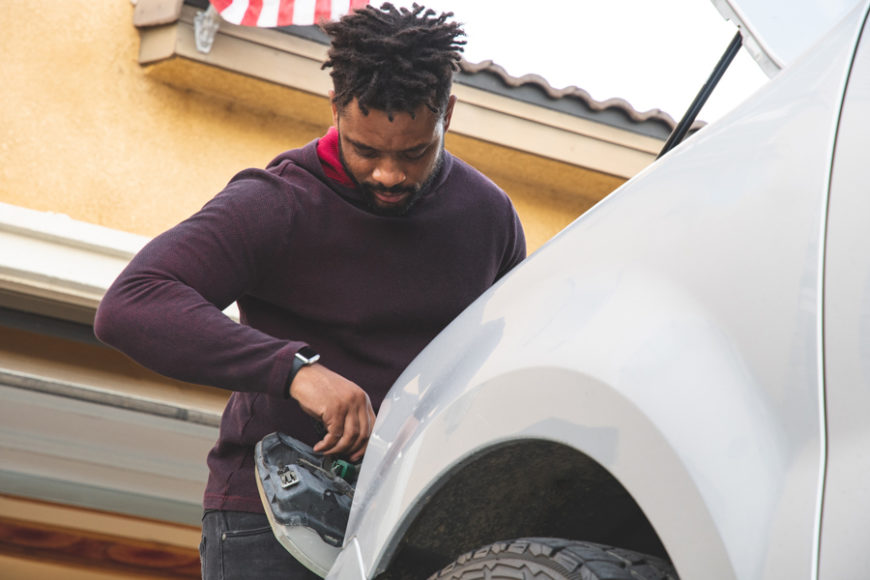
Dry out condensation using silica gel packs or heat
Silica gel packets are good at absorbing moisture inside headlight assemblies. Place a few desiccant packs inside the unit to help remove humidity and prevent condensation from coming back.
These absorbent packets act as a drying agent and can dehumidify the space over time.
A hair dryer on low heat can also help evaporate moisture trapped in the headlights. Hold it about six inches away from the lens and move it around gently for several minutes. Sunlight will work, too, if you leave your Jeep parked in direct light for a few hours.
Both methods help with moisture removal by speeding up evaporation inside the housing.
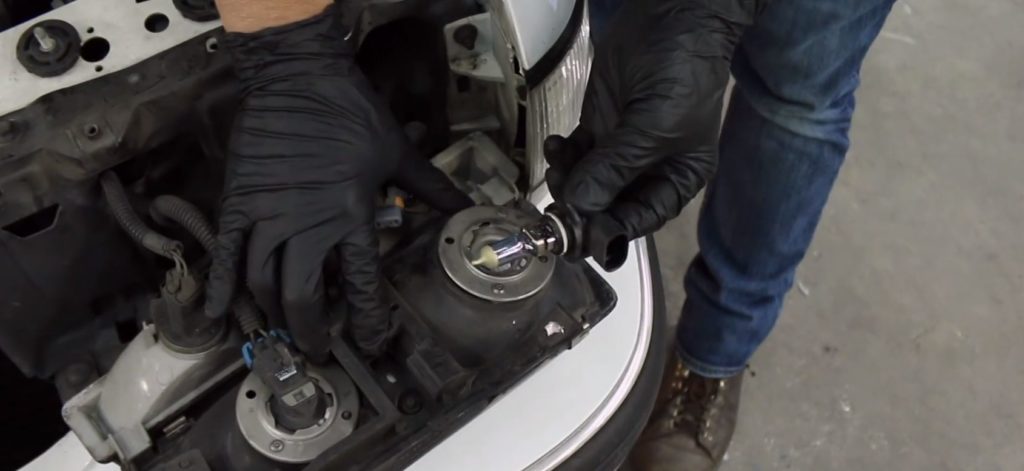
Preventing Future Fogging
You can take simple steps to help keep your headlights clear. Caring for your lights now may save you from more problems later.
Apply a UV protection film or sealant
UV protection film helps stop fading and oxidation of headlights from sun exposure. Paint protection film (PPF) is a great choice for new or restored headlights. KAVACA Ceramic Coated PPF gives long-lasting, hydrophobic coverage that keeps lights clear and bright.
Applying a UV resistant coating or weatherresistant sealant will help guard against sun damage and moisture.
This step is key for headlight preservation. Protective headlight film blocks harmful rays while making cleaning easy. Sealants add another layer to keep water out and slow down oxidation.
Use these products as part of routine headlight maintenance to prevent future fogging and protect your investment.
Regularly clean and maintain the headlights
Using a UV headlight sealant helps protect the lens. Keeping up with regular headlight cleaning is just as important for visibility and safety. Wash the headlights often with mild car soap or a dedicated headlight cleaner.
Do not use harsh chemicals or strong household cleaners because they can damage the lens surface.
Clean at least once every month, or more often if you drive on dusty roads. Apply a UV sealant after each deep clean to help prevent future fogging and keep lens clarity high. This routine maintenance also supports safe driving, especially at night or in bad weather conditions.
Regular care extends the life of your headlights and keeps them looking clear.

Conclusion
Foggy headlights can make driving at night hard and unsafe. You do not have to replace your new headlights right away. Try cleaning them with simple home items like toothpaste or baking soda and vinegar.
If these steps do not work, you may need help from a professional service. Keep your headlights clean for better visibility and safer trips in your Jeep Grand Cherokee Summit.
FAQs
1. Why do my newly installed Jeep headlights look foggy?
Moisture can get trapped inside the headlight housing during installation. Dust or residue from handling may also cause a cloudy appearance.
2. How can I fix foggy headlights on my Jeep after installation?
First, check if there is moisture or condensation inside the lens. If so, remove the headlight and let it dry completely in a warm place; then reinstall it with proper sealing.
3. Should I use any products to clean new foggy headlights?
If outside haze remains after drying, gently wipe the surface using a soft cloth and mild soap mixed with water. Avoid harsh chemicals that might scratch plastic lenses.
4. When should I seek help for persistent fogginess in my Jeep’s new headlights?
If cleaning and drying do not clear up the issue, contact your installer or dealer for advice since faulty seals or manufacturing defects may need professional repair or replacement.


